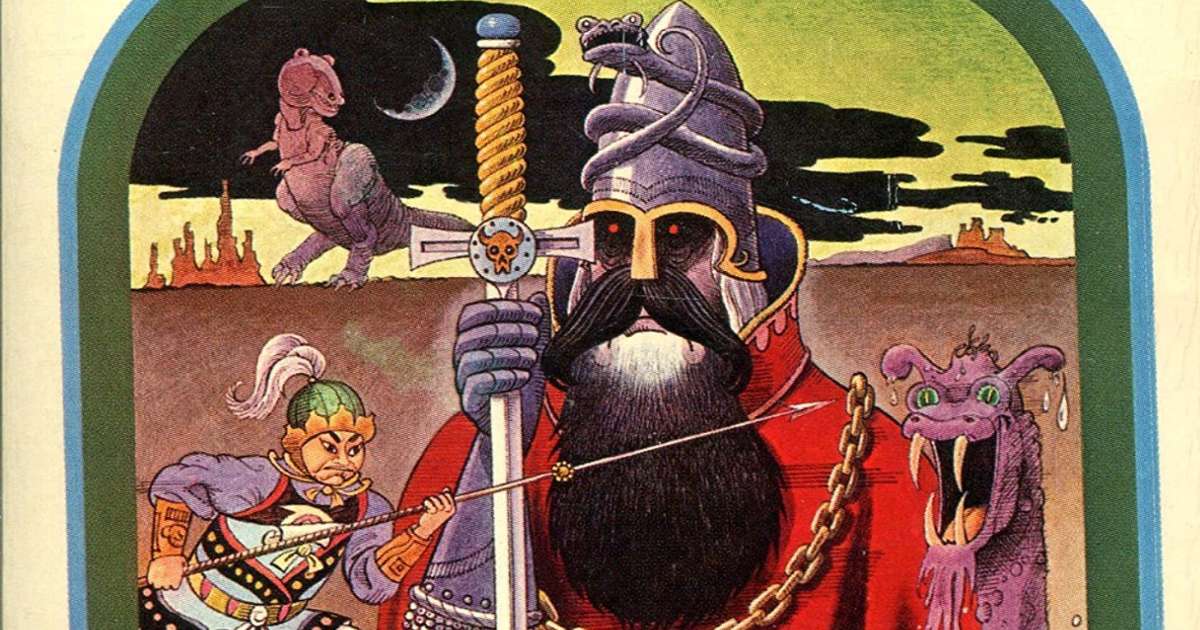Table of Contents
- Introduction
- The History of Choose-Your-Own-Adventure Books
- The Cave of Time Analysis
- Character Analysis
- Themes and Symbolism
- The Legacy of The Cave of Time
- Conclusion
Introduction
Choose-Your-Own-Adventure books have been captivating readers for over four decades with their interactive stories that allow readers to make decisions that affect the outcome of the plot. One of the most popular and influential books in this genre is "The Cave of Time" by Edward Packard. First published in 1979, "The Cave of Time" was the first book in the Choose-Your-Own-Adventure series and has sold over 15 million copies worldwide. In this article, we will deconstruct this classic book and analyze its characters, themes, and symbolism. We will also discuss the book's historical significance and its impact on popular culture.
The History of Choose-Your-Own-Adventure Books
The Choose-Your-Own-Adventure series was created by R. A. Montgomery and Edward Packard in the late 1970s. The first book in the series, "The Cave of Time," was published in 1979 by Bantam Books. The book was an immediate success and spawned a new genre of interactive fiction. The series was hugely popular throughout the 1980s and early 1990s, with over 250 million copies sold worldwide. The books were translated into over 40 languages and were adapted into several television shows and video games.
The popularity of the Choose-Your-Own-Adventure series waned in the late 1990s as video games became more advanced and interactive storytelling shifted to digital media. However, the books continue to be a beloved part of many readers' childhoods and have inspired countless authors and creators.
The Cave of Time Analysis
"The Cave of Time" follows the story of the reader, who finds a mysterious cave in the woods and enters it. Inside the cave, the reader discovers a portal that leads to different times and places, including prehistoric times, a futuristic world, and ancient Egypt. The reader must make choices at each portal, which affect the outcome of the story.
Also read: Dissecting "House of Danger": A Suspenseful Interactive Fiction Classic
The book's structure is simple but effective, with each choice leading to a different page and a different outcome. The reader can explore multiple paths through the book, making each reading experience unique.
The book's writing is engaging and immersive, with vivid descriptions of each setting and a sense of wonder and adventure. The book is aimed at children aged 9-12, but its appeal extends to readers of all ages.
Character Analysis
The main character in "The Cave of Time" is the reader, who is never given a name or gender. This allows readers to project themselves onto the character and immerse themselves fully in the story.
Other characters in the book are minimal, with most of the focus on the reader's choices and experiences. However, there are a few notable characters who appear throughout the book, including:
- The Watcher: A mysterious figure who appears at various points in the book and offers cryptic advice to the reader.
- The Guide: A helpful character who appears in certain paths and assists the reader on their journey.
- The King: A character in the Ancient Egypt path who offers the reader a difficult choice with serious consequences.
These characters serve to add depth and complexity to the book's world and offer the reader different perspectives on their choices.
Themes and Symbolism
"The Cave of Time" explores several themes and uses symbolism to enhance its storytelling. Some of the most prominent themes include:
- Choice: The book's central theme is the power of choice and its consequences. The reader must make decisions throughout the book that affect the outcome of the story, highlighting the importance of choice in our lives.
- Time: The book's time-traveling concept allows it to explore different time periods and comment on the nature of time itself.
- Adventure: The book's sense of adventure and exploration is a key part of its appeal, and it encourages readers to embrace new experiences.
The book also uses symbolism to enhance its storytelling, with the cave representing the unknown and the portals representing different paths in life. The Watcher and the Guide can be interpreted as guides or mentors in life, while the King represents the power of authority and the difficult choices we must make when faced with it.
The Legacy of The Cave of Time
"The Cave of Time" is a classic book that has had a significant impact on popular culture. It spawned a successful book series and inspired countless imitators and adaptations, including video games, television shows, and movies. The book's interactive storytelling style has influenced many authors and creators, and its themes of choice and adventure continue to resonate with readers of all ages.
Despite the book's age, it remains a beloved classic that continues to inspire and captivate readers. Its legacy is a testament to the power of interactive storytelling and the enduring appeal of Choose-Your-Own-Adventure books.
Conclusion
"The Cave of Time" is a timeless classic that has had a significant impact on popular culture and inspired generations of readers. Its simple yet effective structure, engaging writing, and immersive world-building have made it a beloved part of many readers' childhoods. By deconstructing this classic book and analyzing its characters, themes, and symbolism, we can gain a deeper appreciation for its storytelling and its enduring legacy.
